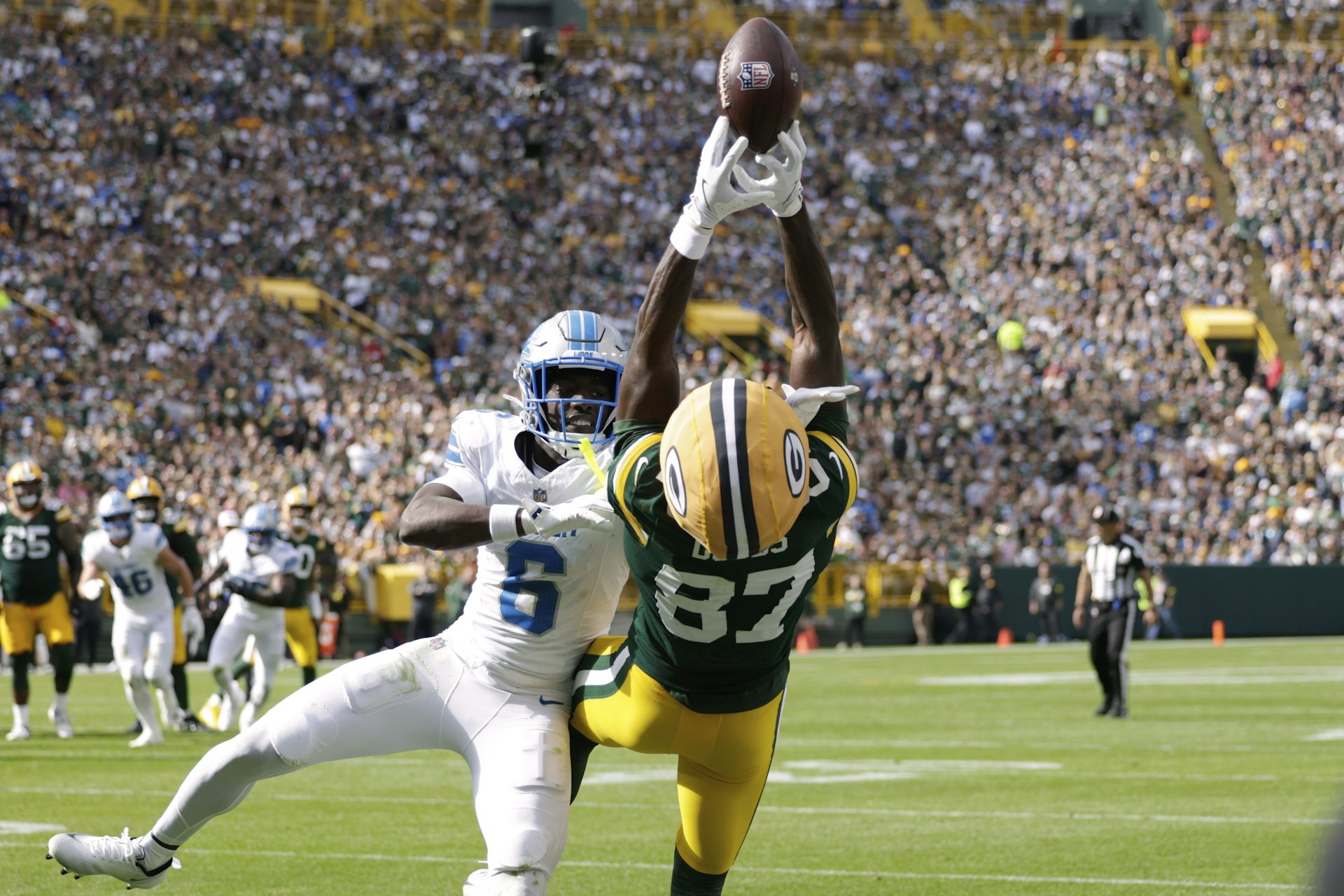In 2024, independent voters grew their share of the vote, split their tickets and expanded their inf
Postelection analysis of 2024 voters’ behavior reveals several ways self-described political independents differ from those who say they are Republicans or Democrats.

With a growing number of American voters identifying as politically independent, many pollsters, most members of the media and the campaigns themselves viewed the independent vote as crucial to the outcome of the 2024 presidential election.
According to Gallup, political independents continue to constitute the largest political bloc in the United States. In 2023, 43% of American voters claimed that label. Independents first outnumbered supporters of both major parties in 1991 and have done so since then, except between 2004 and 2008. In June 2024, 51% of U.S. adults said they were independents, more than the two major parties combined.
In the 2024 presidential election, Donald Trump became only the second Republican to win the popular vote since 1988, though he got less than 50% of the votes cast. Postelection analysis of 2024 voters’ behavior reveals that independent voters grew their share of the vote, split their votes between their choices for president and Senate candidates, and ended up expanding their overall influence.
Edison Research exit polling data
We teach public affairs and are co-directors of the Arizona State University Center for an Independent and Sustainable Democracy. We analyzed Edison Research exit polling from the 2024 election cycle to understand the effects of the independent vote. The Edison data is from a national survey of 22,900 respondents that is representative of the national electorate in terms of gender, age, race and geography.
According to the Edison data, there were 4.3 million fewer votes cast for president in 2024 than in 2020. But 11 million more people who identified themselves as independents cast ballots in 2024. The number of Republican voters decreased by 3.5 million, and the number of Democratic voters dropped by 11.2 million.
That means self-identified independents accounted for 34% of voters in 2024, more than the 31% of voters who said they were Democrats, and just slightly below the 35% of voters who said they were Republicans. In 2020, independents cast just 26% of the ballots nationwide.
It is important to note that the Edison Research exit polling data relies on political self-identification, so its numbers may be different from analyses that used respondents’ official party affiliation, and may also differ from analyses of how people have voted in the past.
Independents, demographically
In demographic terms, independents are more likely to be younger and more likely to be male than those who say they are affiliated with either party. In 2024, 44% of independents were under the age of 45, as compared with 37% of Democrats and 31% of Republicans.
As for gender, 34% of independents identified themselves as white women, the same share as those who say they’re Democrats. And 38% of independents identified themselves as white men, a similar share to the 40% of Republicans who reported that identity.
A larger portion of male independents had college degrees – 47% – than the 43% who said they were party affiliated. And 43% of independent women had college degrees, similar to the 41% of party-affiliated women.
The independent vote margin between Trump and Harris
Nationally, independents broke 49% for Harris and 46% for Trump, with 5% voting for one of the other presidential candidates. In many battleground states, however, it was a different picture. Trump won independents in Arizona, Pennsylvania, North Carolina and Georgia. Independents broke evenly in Nevada. Harris won independent voters in Michigan by 4 percentage points and in Wisconsin by 1 percentage point.
This outcome differed from 2020, when Biden won independents nationally 54% to 41% and independents provided his margin in key states.
How do independents behave politically?
Independents are more likely to identify themselves as political moderates than self-identified members of the two major parties.
The details of their views and how those views motivated their choice for president are revealing. When the Edison Research survey interviewers asked independents about their top concern when picking a presidential candidate to support, 41% of them said democracy was most important, and 31% said the economy. Just 11% said abortion was their top issue of concern, though 69% of independents believe abortion should be legal.
Among independents, 77% reported feeling dissatisfied or angry about the way things are going in the country today. That’s roughly in the middle of the 54% of Democrats and the 90% of Republicans who said the same.
Independents trusted Trump more on crime, safety and immigration. They trusted Harris more on abortion rights and split equally on whom they trusted more on the economy.
Independents who voted for Harris were less enthused about her and more interested in voting against Trump.
Independents are ticket splitters
Independents were more likely to split their tickets between their presidential and Senate votes than Democrats or Republicans. Nationally, 4.9% of Democrats and 4.9% of Republicans in states where U.S. Senate seats were on the ballot split their votes, casting ballots for one party’s candidate for president and another party’s candidate for Senate. An additional 2.2% of party-affiliated voters chose not to vote in the senatorial races.
Self-identified independent voters were nearly twice as likely to split their ticket, with 9.7% doing so nationwide. And 2.9% chose not to vote for a Senate candidate.
A similar picture is seen in the five presidential swing states that also had Senate races, with party-affiliated voters less likely to split their votes than independents.
An undefinable force
Our research has found that independents are swing voters who tend to change alignments between elections. In our book “The Independent Voter,” we have interpreted this behavior as a search for a home, or an alignment that is outside of fixed political categories.
Independents favored Barack Obama in 2008 by 8 percentage points and Trump in 2016 by 4 percentage points. In 2020, independents supported Biden by 13 percentage points and then Harris by 3 percentage points in 2024, representing a 10-percentage-point loss of support for the Democratic candidate.
This pattern of nonconformity is also supported by our research in which we analyzed American National Election Studies data on political identification and voting choices from 1972 to 2020. We observed significant volatility in which party independent voters support. From one election to another, they voted for Democrats, then Republicans and back again.
Independents are an emerging force in American politics. They characteristically line up between the views of most adherents of the major parties, being more socially tolerant and fiscally aware than their partisan counterparts. They are also more likely to be split-ticket voters than the two major parties’ backers and seem to have a notable affinity for rejecting the incumbent.
This changing shape of the electorate, combined with the popularity of political independence among younger Americans – over half of Gen Z voters identify as independents – calls into question the two-party formula that has long dominated and defined the American political landscape.
Jacqueline Salit is affiliated with the non-profit IndependentVoting.org, where she serves as President. She is on the Advisory Board of the USC Schwarzenegger Institute and the Board of Directors of the Forward Party.
Thom Reilly does not work for, consult, own shares in or receive funding from any company or organization that would benefit from this article, and has disclosed no relevant affiliations beyond their academic appointment.
Read These Next
Drones, physics and rats: Studies show how the people of Rapa Nui made and moved the giant statues –
The mysteries of Easter Island, subjects of speculation for centuries, yield to scientific inquiry.
As US hunger rises, Trump administration’s ‘efficiency’ goals cause massive food waste
Despite the administration’s claim of streamlining the government to make its operations more efficient,…
A year on, the Israeli-Lebanese ceasefire looks increasingly fragile − could a return to cyclical vi
Since the start of the truce on Nov. 27, 2024, there have been thousands of Israeli violations inside…





